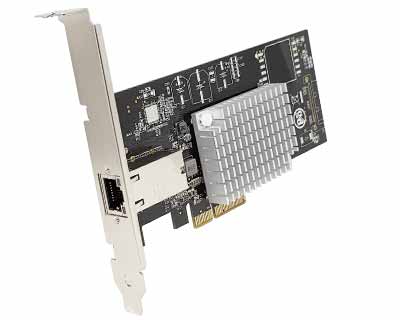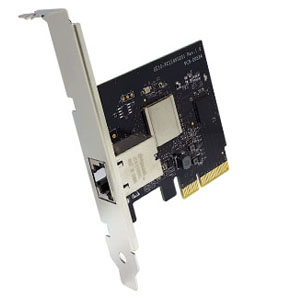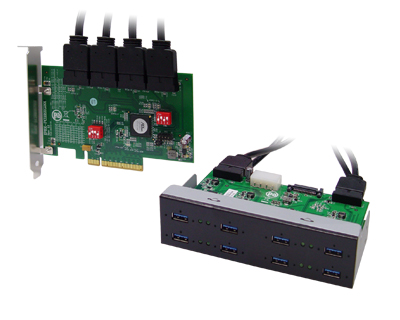
型号:GEPX2-PCIE1XE301
应用领域:
类别:新品速递
The GEPX2-PCIE1XE301 is 2-port 10/100/1000M Ethernet (POE+) to PCI Express x1 Gen 2 Host Card.
GEPX2-PCIE1XE301 is designed with Two key components.
6-Port / 8-Lane PCI Express Packet Switch
Two 10/100/1000M Ethernet to PCI Express x1 Host Controllers.
Utilizing the standard PCI Express Switch, the 6-Port / 8-Lane PCI Express Packet Switch provides the most efficient fan-out solution for integrating two 10/100/1000M Ethernet to PCI Express Single Chip Host controllers into a small board design. Each 10/100/1000M Ethernet to PCI Express Single Chip Host controller takes advantages of 1-lane PCI Express bus in both directions and is fully compliant with PCI Express Base specification r1.1. This solution provides full PCI Express and 10/100/1000M Ethernet functionality and performance.
The 10/100/1000M Ethernet controller combines a triple-speed IEEE 802.3 compliant Media Access Controller (MAC) with a triple-speed Ethernet transceiver, PCI Express bus controller, and embedded memory. With state-of-the-art DSP technology and mixed-mode signal technology, it offers high-speed transmission over CAT 5 UTP cable or CAT 3 UTP (10Mbps only) cable. Functions such as Crossover Detection and Auto-Correction, polarity correction, adaptive equalization, cross-talk cancellation, echo cancellation, timing recovery, and error correction are implemented to provide robust transmission and reception capability at high speeds.
The 10/100/1000M Ethernet controller supports the PCI Express 1.1 bus interface for host communications with power management, and is compliant with the IEEE 802.3u specification for 10/100Mbps Ethernet and the IEEE 802.3ab specification for 1000Mbps Ethernet.
The 10/100/1000M Ethernet controller is fully compliant with Microsoft NDIS5, NDIS6 (IPv4, IPv6, TCP, UDP) Checksum and Segmentation Task-offload (Large send and Giant send) features, and supports IEEE 802 IP Layer 2 priority encoding and IEEE 802.1Q Virtual bridged Local Area Network (VLAN). The above features contribute to lowering CPU utilization, especially benefiting performance when in operation on a network server.






